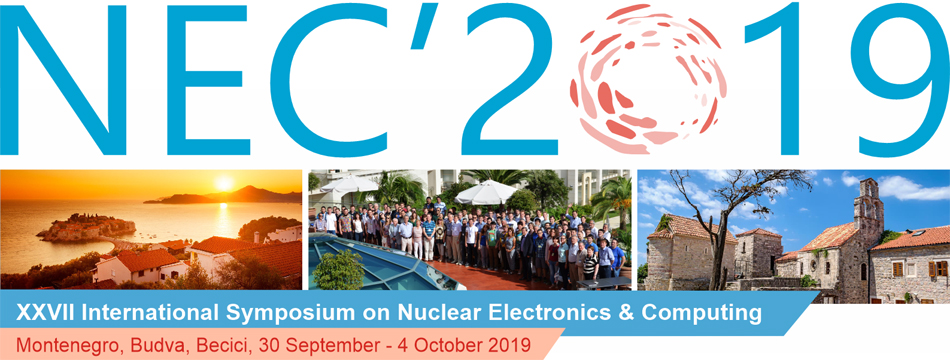Speaker
Mr
Yann Donon
(Samara National research University)
Description
Linear accelerators are complex machines potentially confronted with significant downtimes periods due to anomalies and subsequent breakdowns in one or more components. The need for reliable operations of linear accelerators is critical for the spread of this technique in medical environment. At CERN, where LINACs are used for particle research, similar issues are encountered, such as the appearance of jitters in plasma sources (2MHz RF generators), that can have significant impact on the subsequent beam quality in the accelerator. The “SmartLINAC” project was established as an effort to increase LINACs’ reliability by means of early anomaly detection and prediction in its operations, down to the component level. The research described in this article reviews the different techniques used to detect anomalies, from their earlier signals, using data from 2MHz RF generators. This research is an important step forward in the SmartLINAC project, but represents only its beginning. The authors used four different techniques in an effort to determine the most appropriate one to detect anomalies on the generators’ data. The main challenge came from the nature of the data having a high noise-to-signal ratio and presenting several kinds of anomalies from different sources, and from the lack of available exhaustive and precise labelling. The techniques are based on different approaches using machines learning and statistics. This research allowed us to understand better the nature of the data we are working with. Through it, we encountered characteristics present in the data we hadn’t forecast, allowing us to start addressing the project’s objectives, not only identifying and differentiating possible anomalies, but also forecasting to some extent potential breakdowns.
Author
Mr
Yann Donon
(Samara National research University)
Co-authors
Dr
Alberto Di Meglio
(CERN openlab)
Prof.
Alexander Kupriyanov
(Samara National Research University)
Dr
Pavel Serafimovich
(Samara National Research University)
Dr
Rustam Paringer
(Samara National Research University)
Mr
Syomic Sergey
(Samara National Research University)

